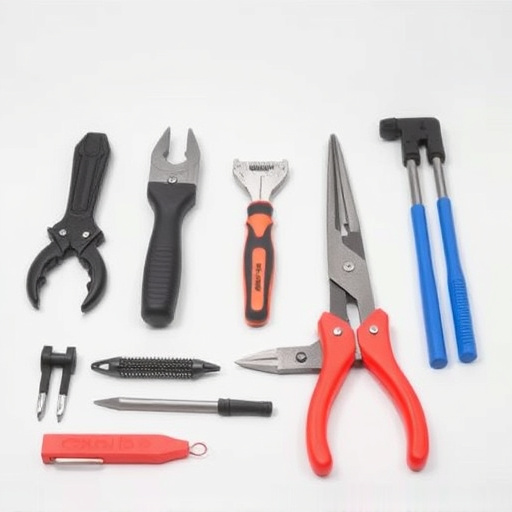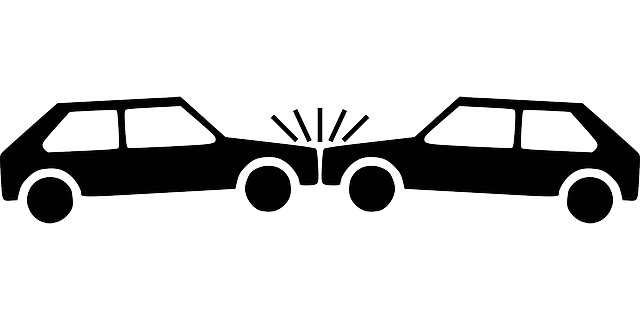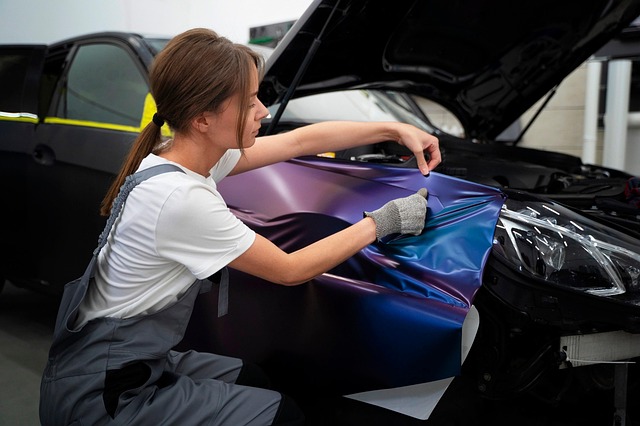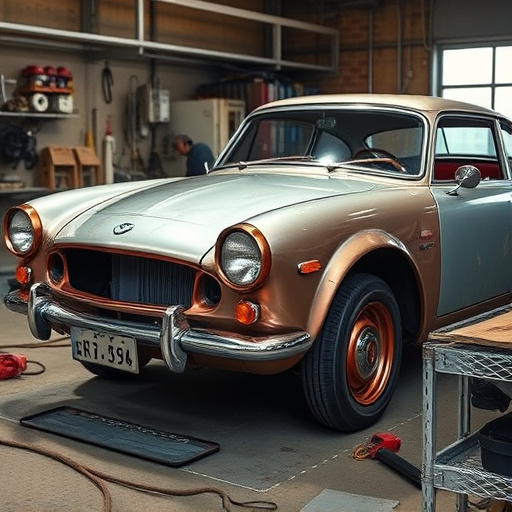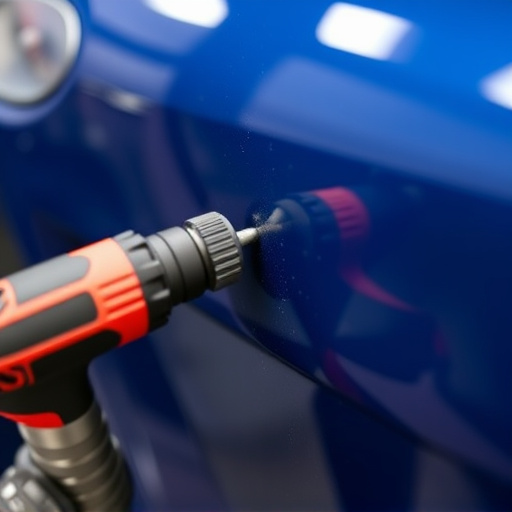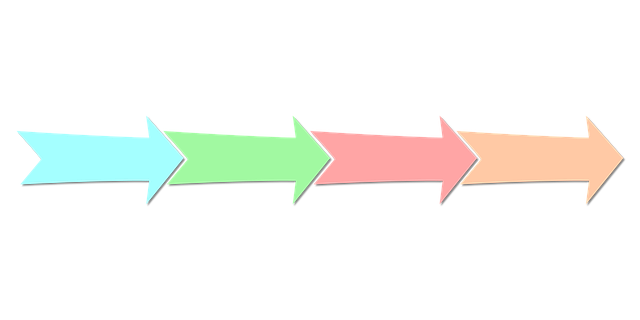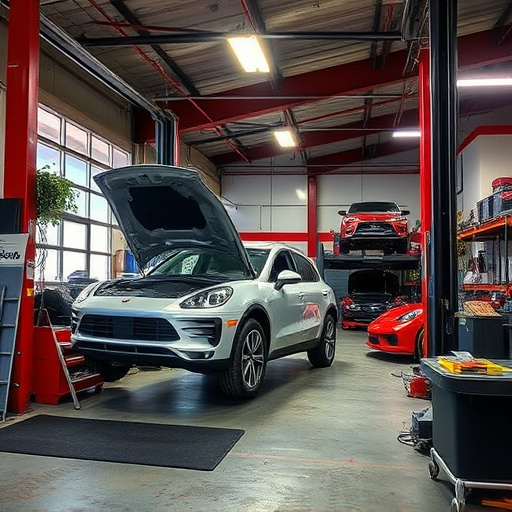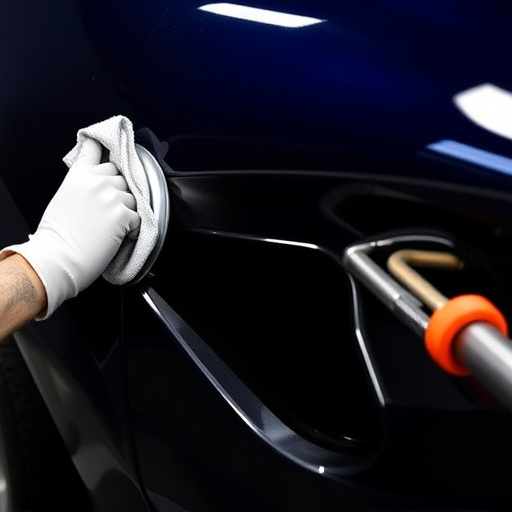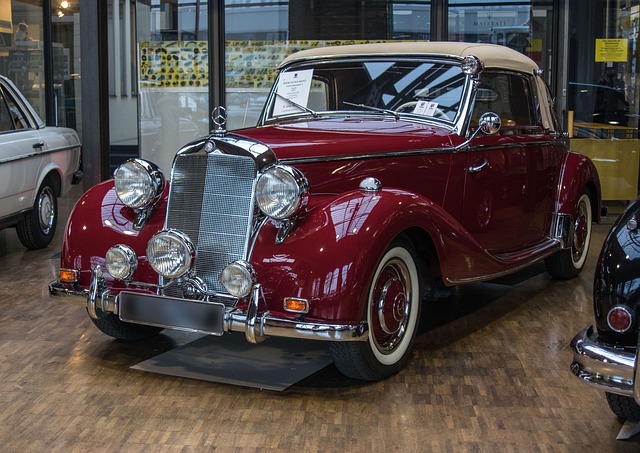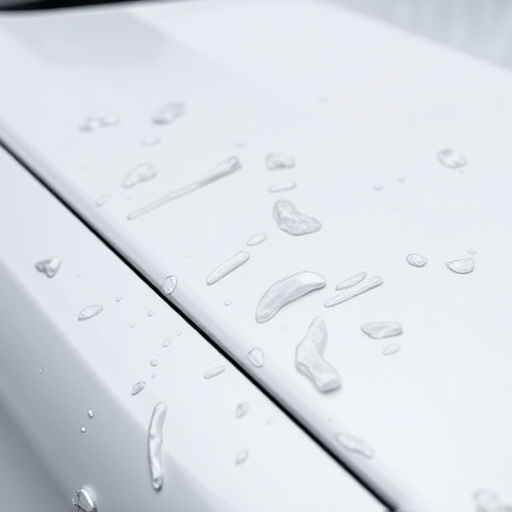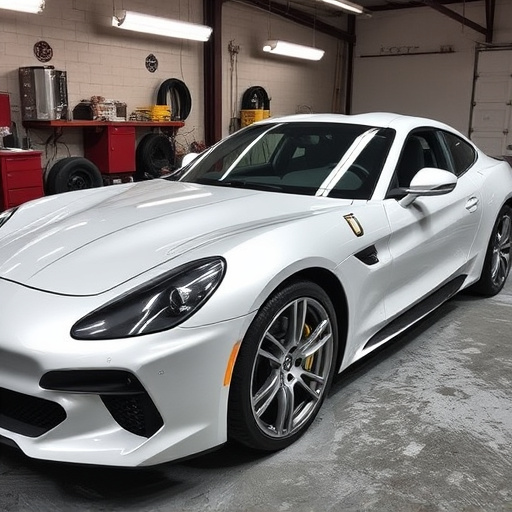In vehicle frame restoration, skilled technicians begin with a thorough assessment using advanced tools to identify damage and determine restoration complexity. They create a comprehensive plan outlining repair techniques, materials, and work coordination for efficient execution. This process ensures faster turnaround times and higher quality outcomes, addressing minor repairs to severe structural issues through strategic planning and specialized services.
Understanding the timeline for a successful vehicle frame restoration job is key to delivering top-quality results and meeting client expectations. This comprehensive guide delves into the step-by-step process, from initial damage assessment and planning to meticulous disassembly, repair, and reassembly. We explore how creating a detailed restoration plan and estimating timelines sets the stage for precise structural repairs. Then, we uncover the finishing touches that ensure the restored vehicle meets the highest standards of quality assurance in the automotive industry, focusing on effective techniques for both professionals and enthusiasts undertaking a vehicle frame restoration project.
- Assessing the Damage and Planning Phase
- – Understanding the extent of frame damage
- – Creating a detailed restoration plan
Assessing the Damage and Planning Phase
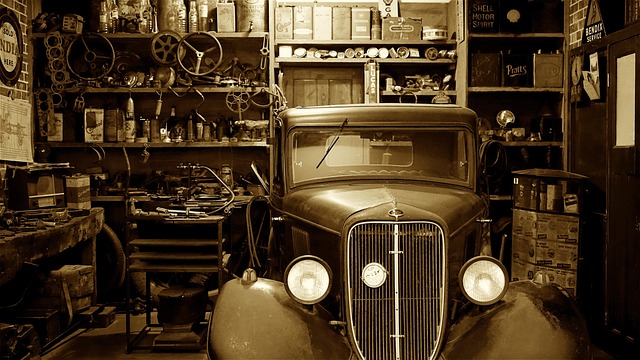
The initial step in any vehicle frame restoration project is a meticulous assessment of the damage, which requires skilled technicians to thoroughly inspect every inch of the car’s structure. During this phase, they identify issues like bent metal, cracked panels, and damaged or missing components, using advanced diagnostic tools if needed. The extent of the damage will dictate the complexity of the restoration process, influencing the timeline and cost involved.
Once the damage is assessed, a comprehensive plan is devised to address each issue. This involves selecting the appropriate repair techniques, gathering necessary materials, and coordinating the work order among specialized car bodywork services. Effective planning ensures that the vehicle frame restoration job is executed efficiently, leading to faster turnaround times and higher quality outcomes for the car’s reborn appearance.
– Understanding the extent of frame damage
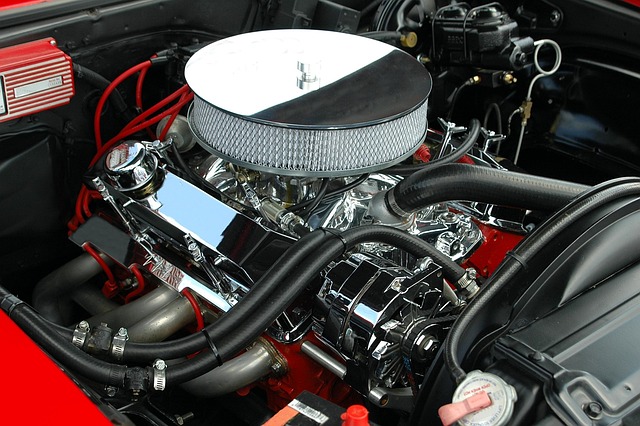
Evaluating the condition of a vehicle’s frame is a critical first step in any restoration process. The extent of frame damage can vary widely, from minor dents and dings to severe structural issues caused by accidents or neglect. Proper assessment involves careful inspection of every component, including the chassis, backbone, and individual frames. Technicians use specialized tools and expertise to detect weaknesses, cracks, or deformations that might not be immediately apparent.
This thorough examination guides the restoration process, dictating whether the frame can be repaired with metalwork and welding or if a complete replacement is necessary. In cases of severe damage, auto collision repair experts may recommend structural reinforcement or even custom fabrication to ensure the vehicle’s safety and structural integrity. Once the frame is deemed restorable, the job can progress to the next phase: disassembly, cleaning, and preparation for auto body painting and assembly.
– Creating a detailed restoration plan
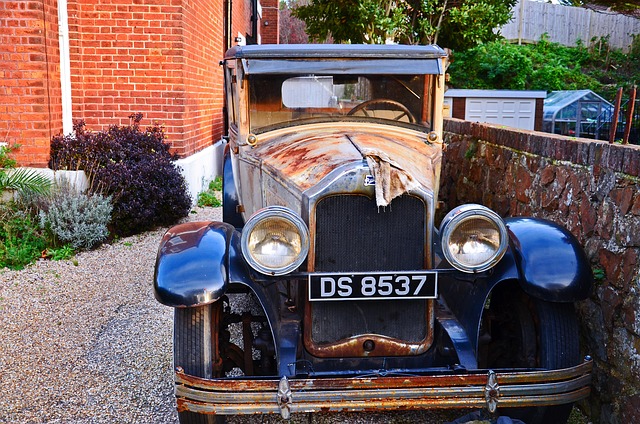
A successful vehicle frame restoration requires a meticulous planning process. Before beginning any repair work, it’s crucial to assess the overall condition of the car’s frame and identify all necessary steps for restoration. This involves thoroughly inspecting every component, from the chassis to individual panels, to determine which areas need attention. Creating a detailed restoration plan is the cornerstone of this process. It includes breaking down the job into manageable tasks, estimating the time required for each, and sourcing any specialized tools or parts needed.
This planning phase also allows for strategic decision-making regarding the approach to repairs. For instance, some sections might require specialized techniques like spot welding or panel replacement. A well-thought-out plan ensures that the restoration process flows smoothly, minimizing potential delays or errors. Moreover, it provides a roadmap for communicating expectations to both clients and automotive body shop staff, setting the stage for a successful vehicle frame restoration.
Restoring a vehicle’s frame is a meticulous process that requires careful planning and execution. By thoroughly assessing the damage and creating a comprehensive restoration plan, restorers can ensure a successful outcome. Understanding the timeline for each phase, from evaluating structural integrity to final assembly, is key to managing expectations and delivering a quality vehicle frame restoration job. This methodical approach guarantees that every detail is addressed, resulting in a vehicle with enhanced performance and a restored aesthetic appeal.
